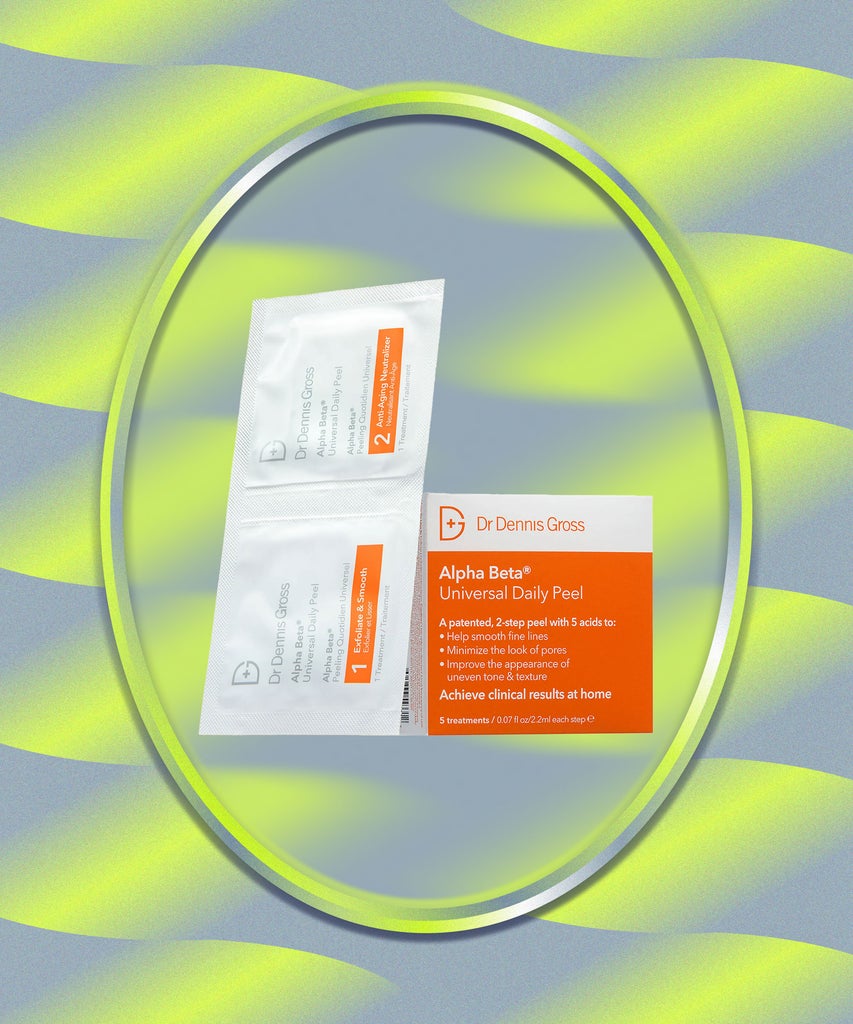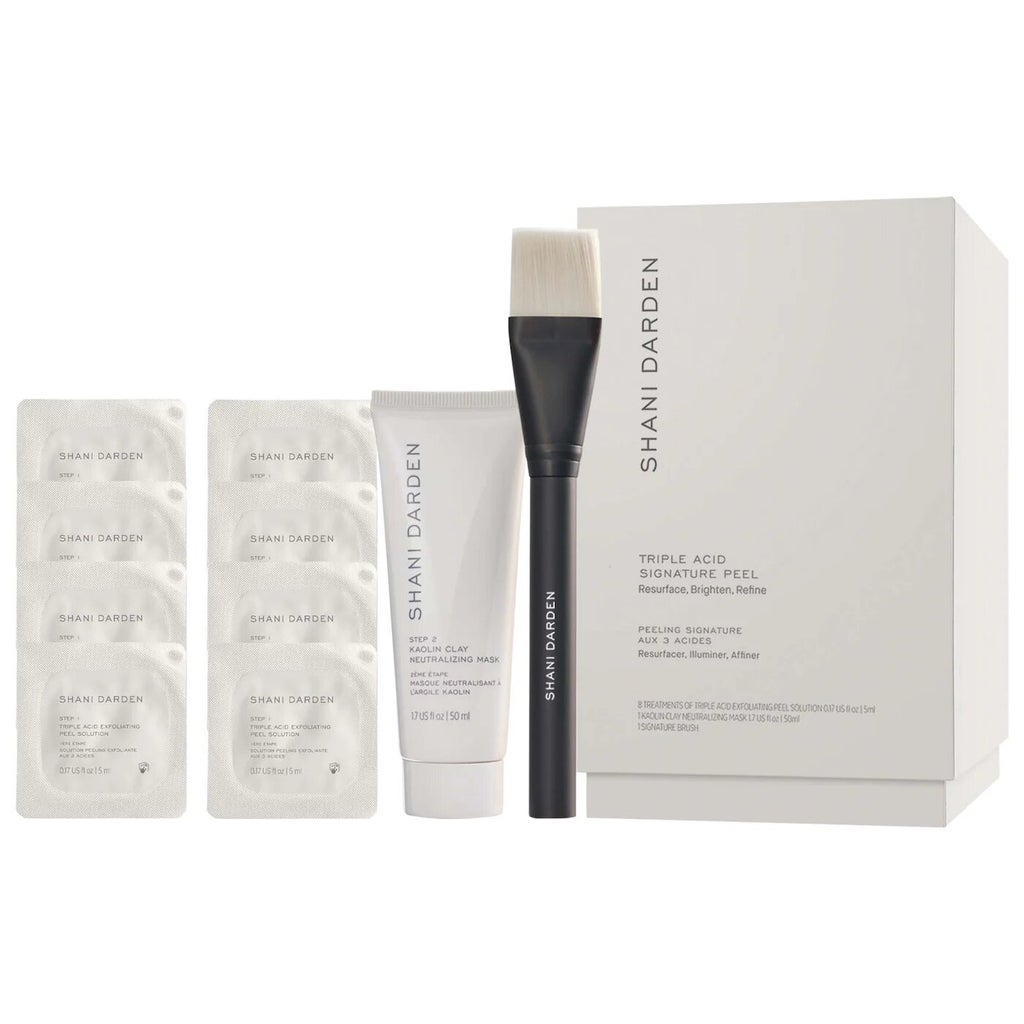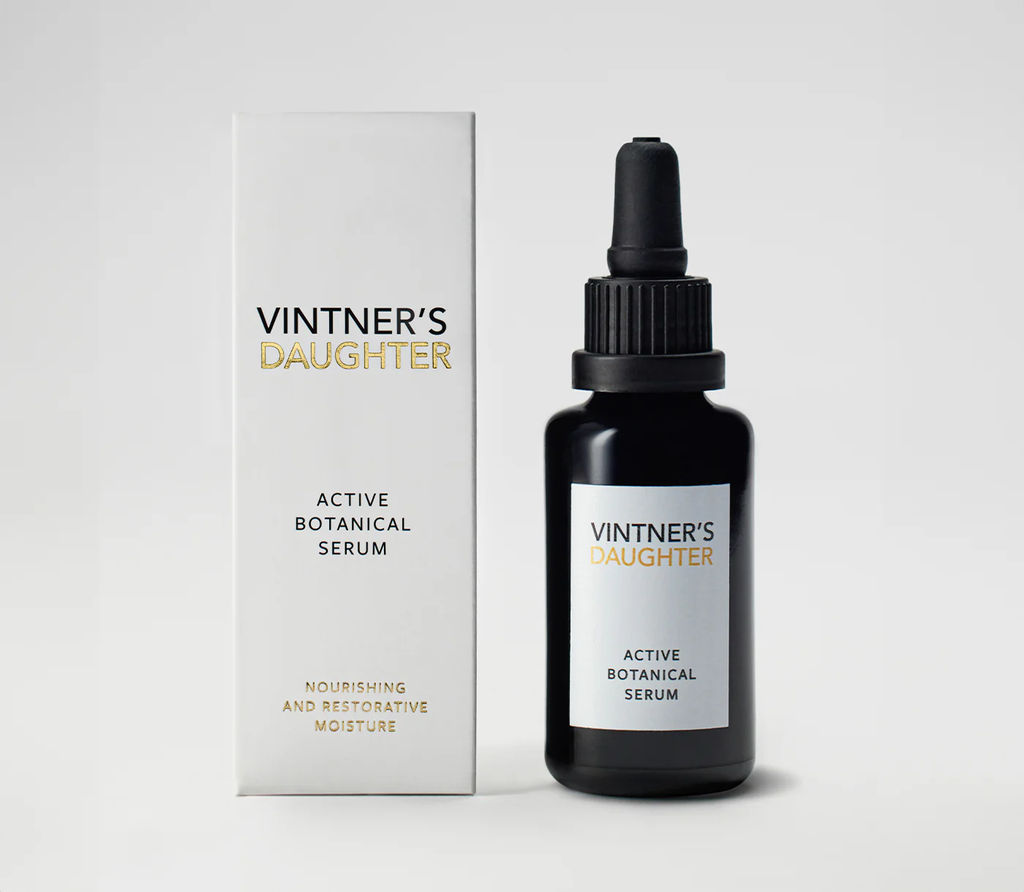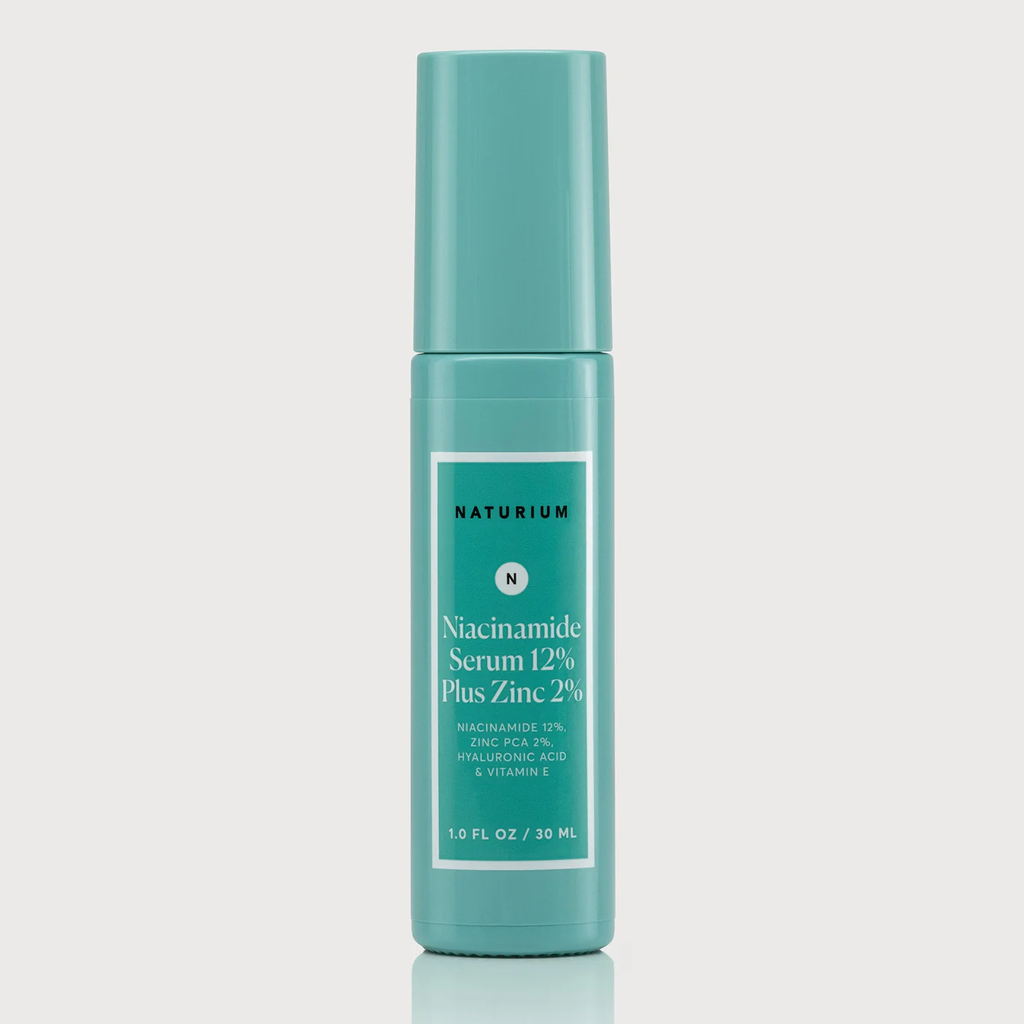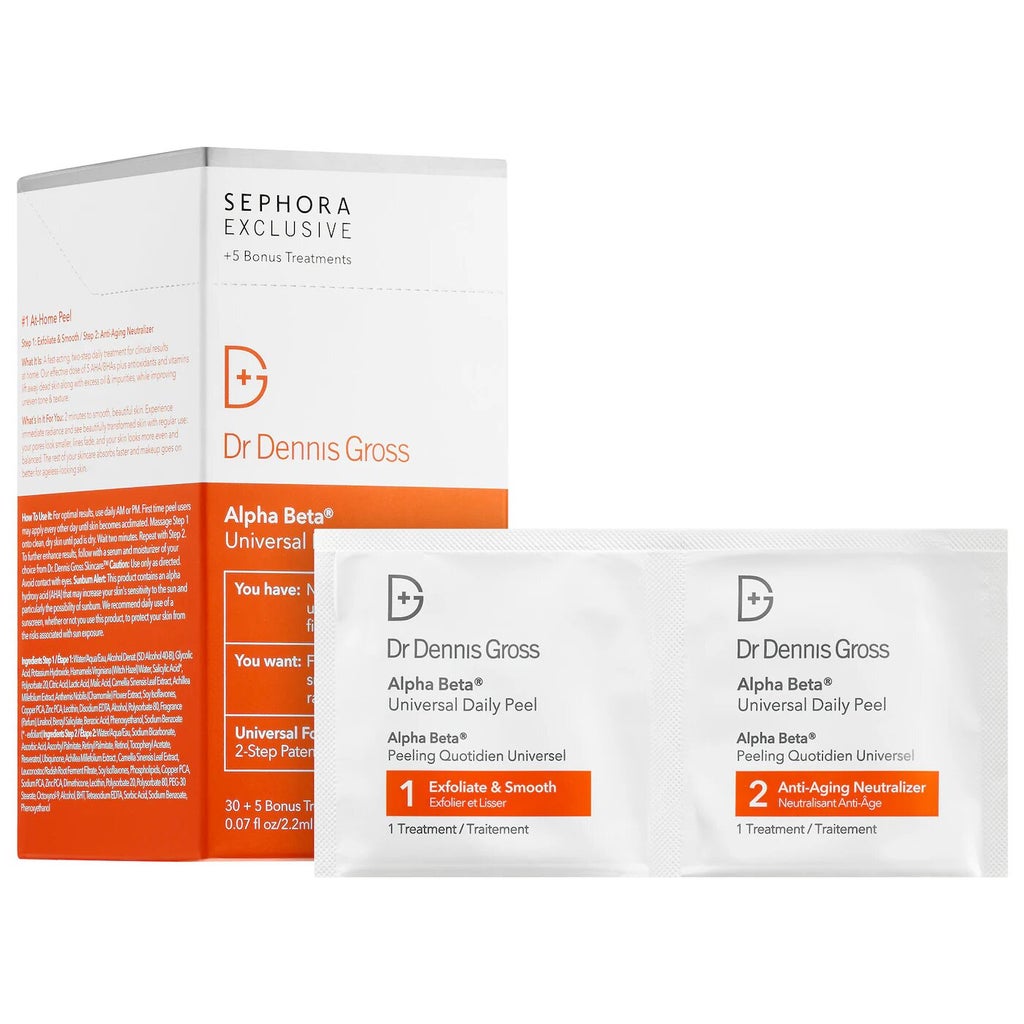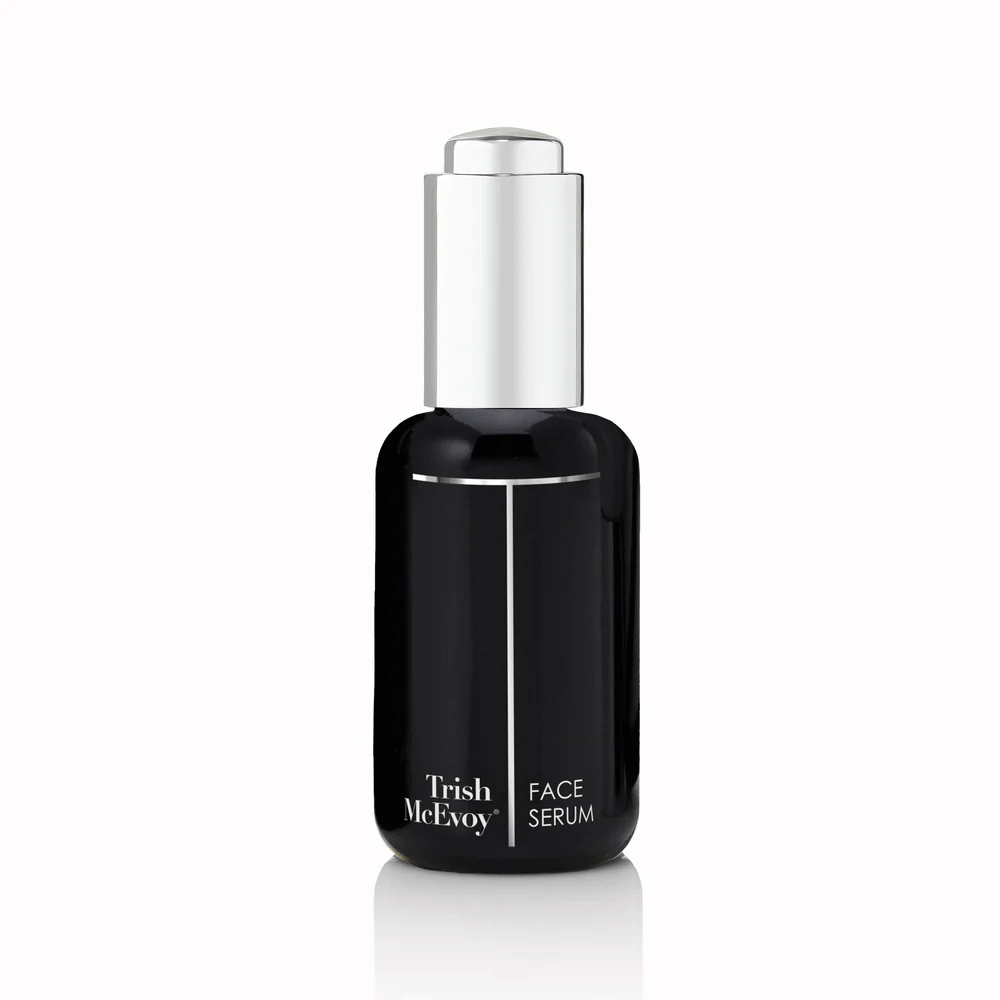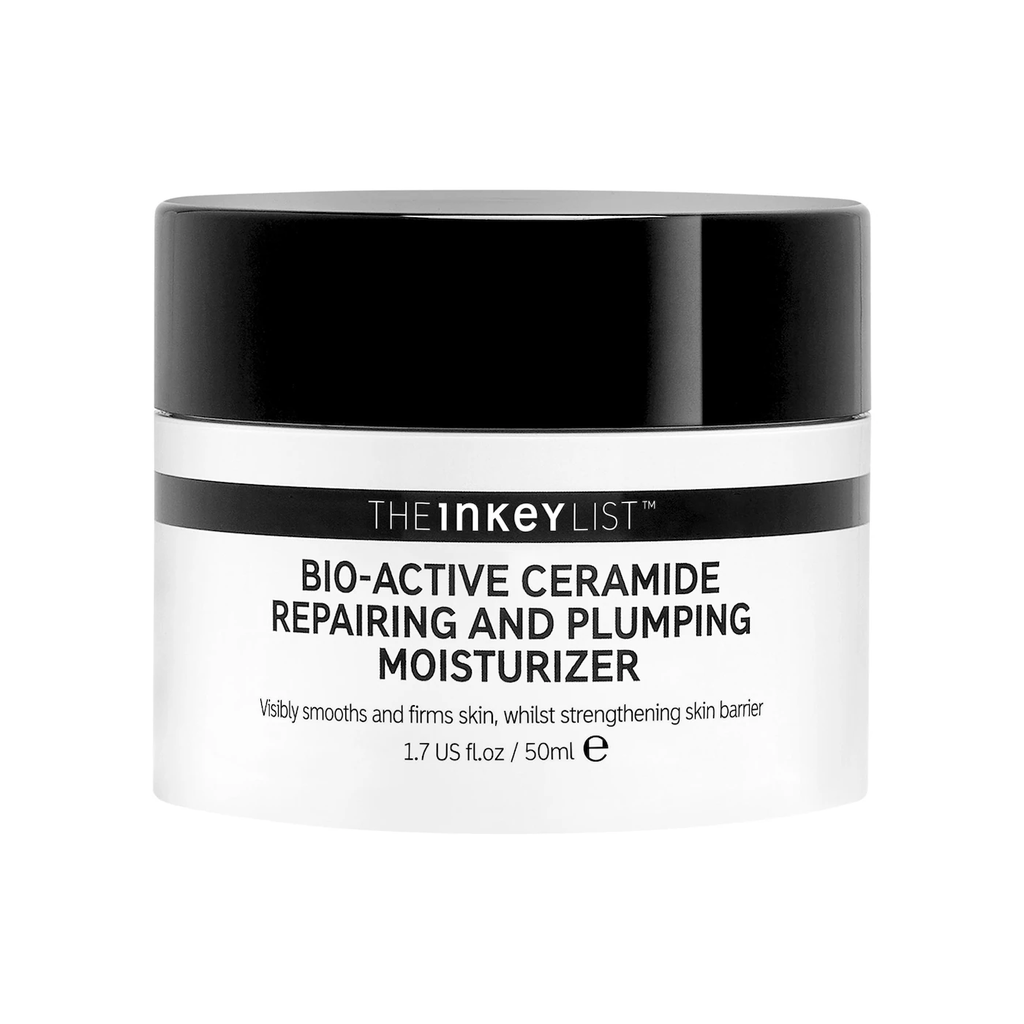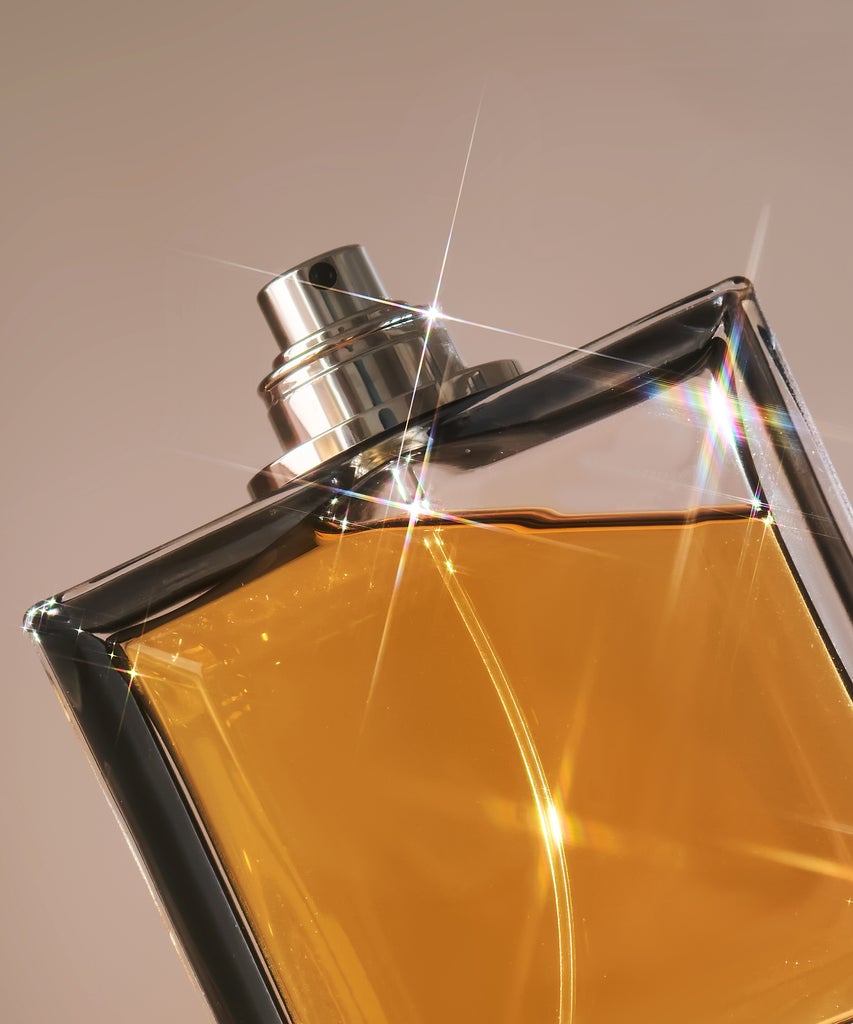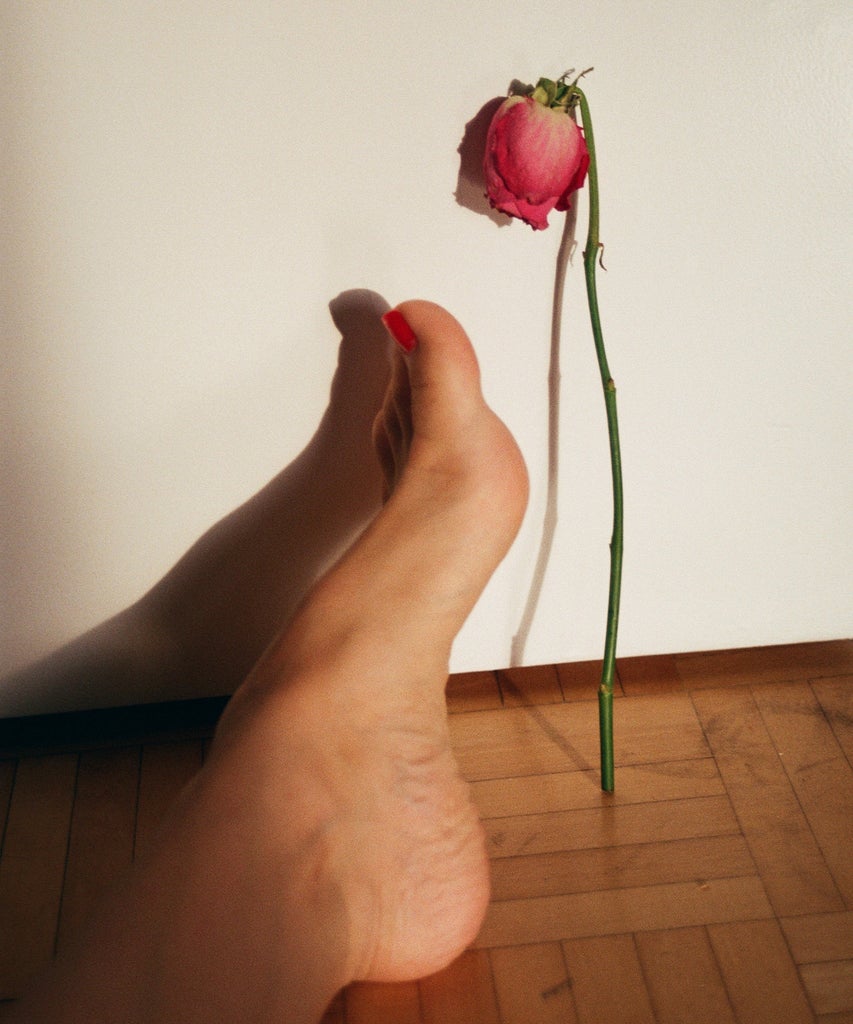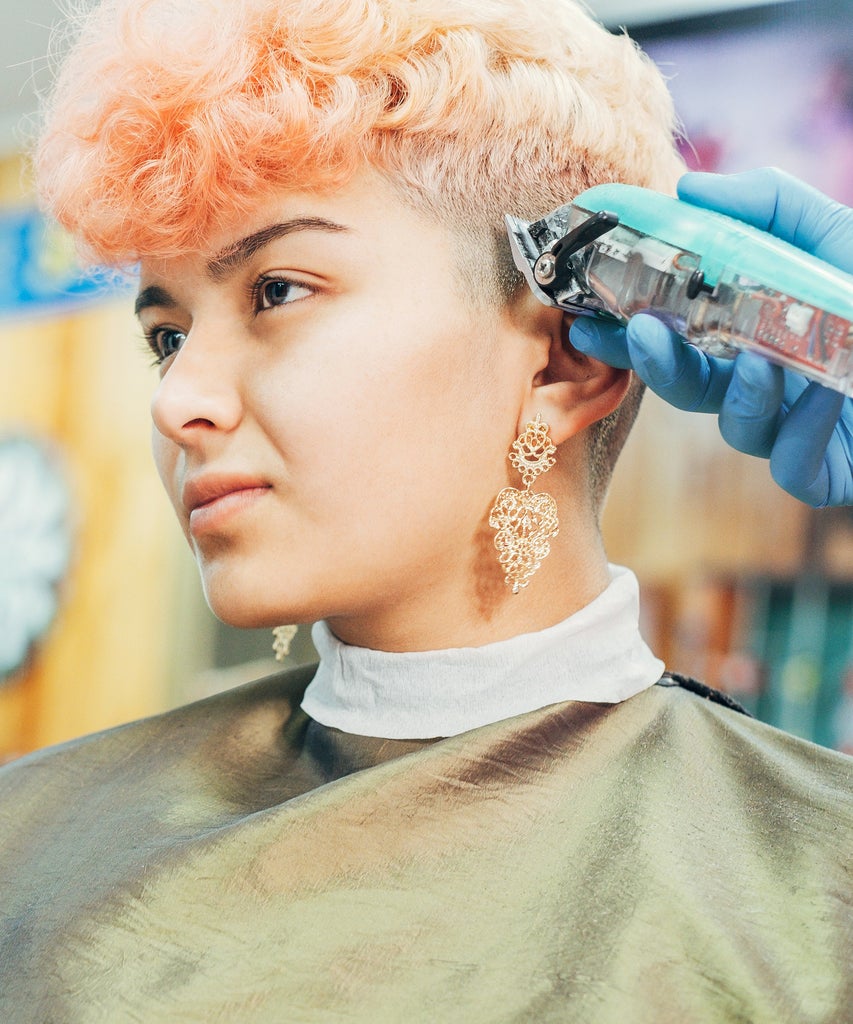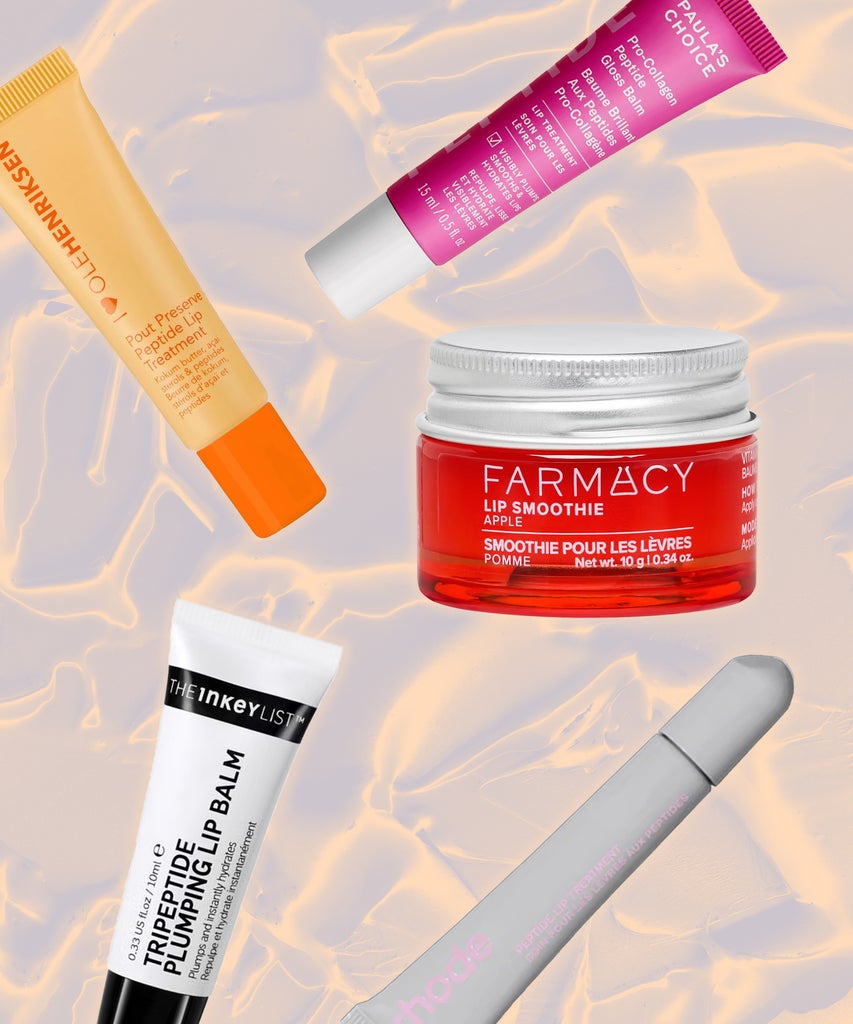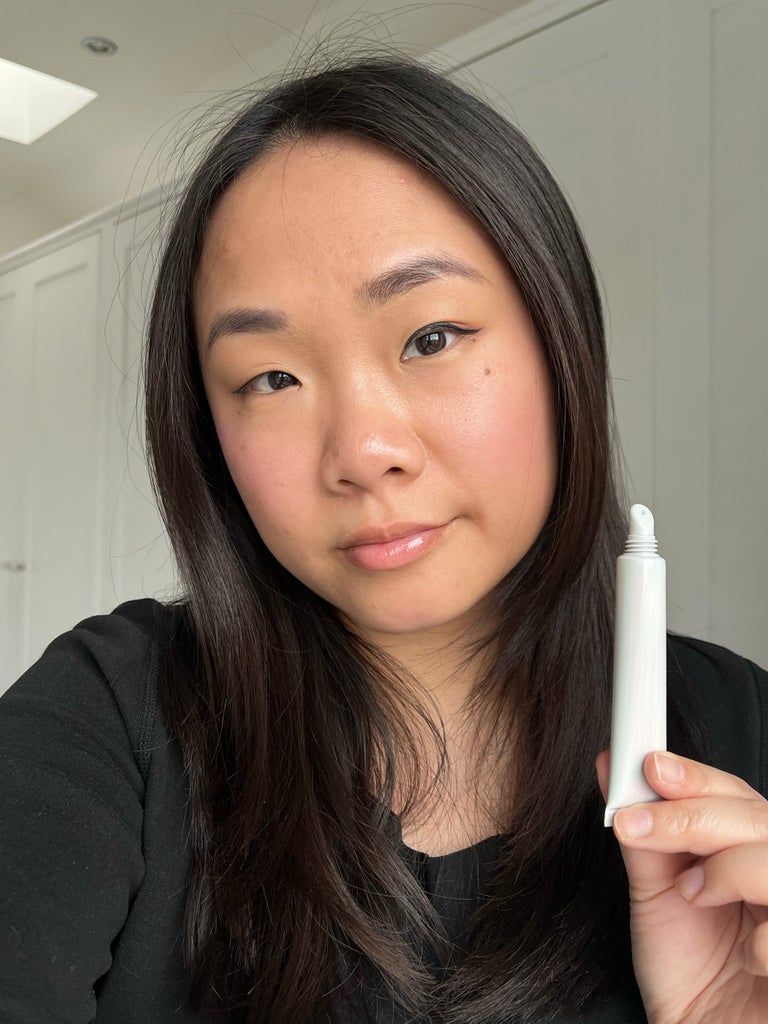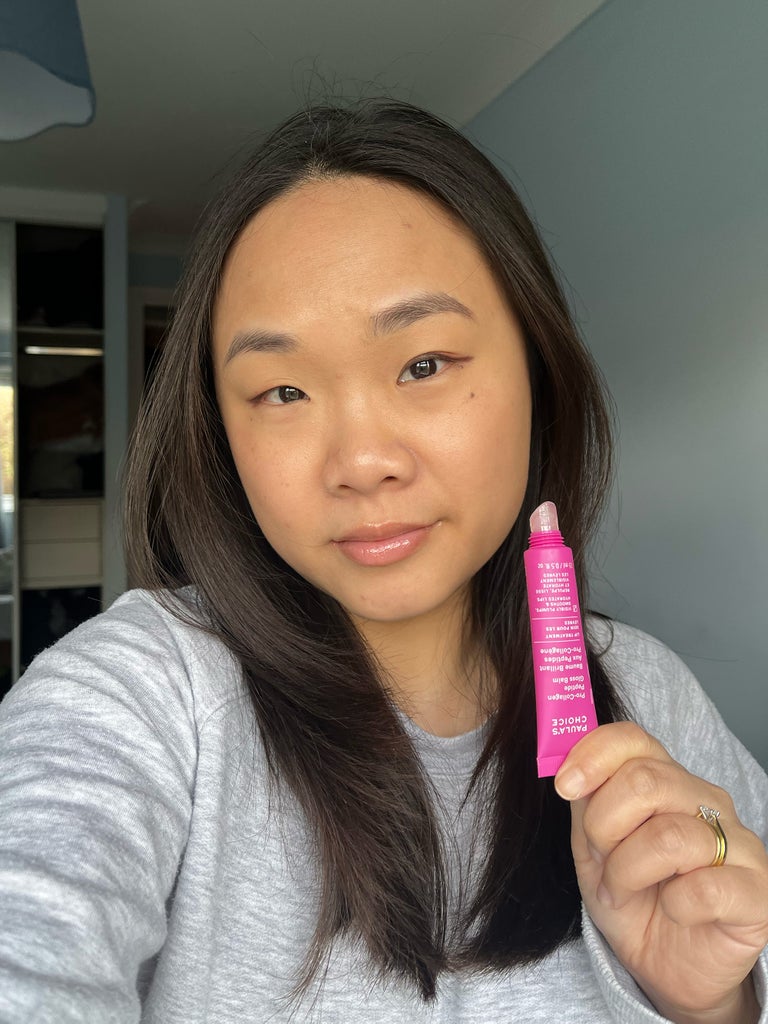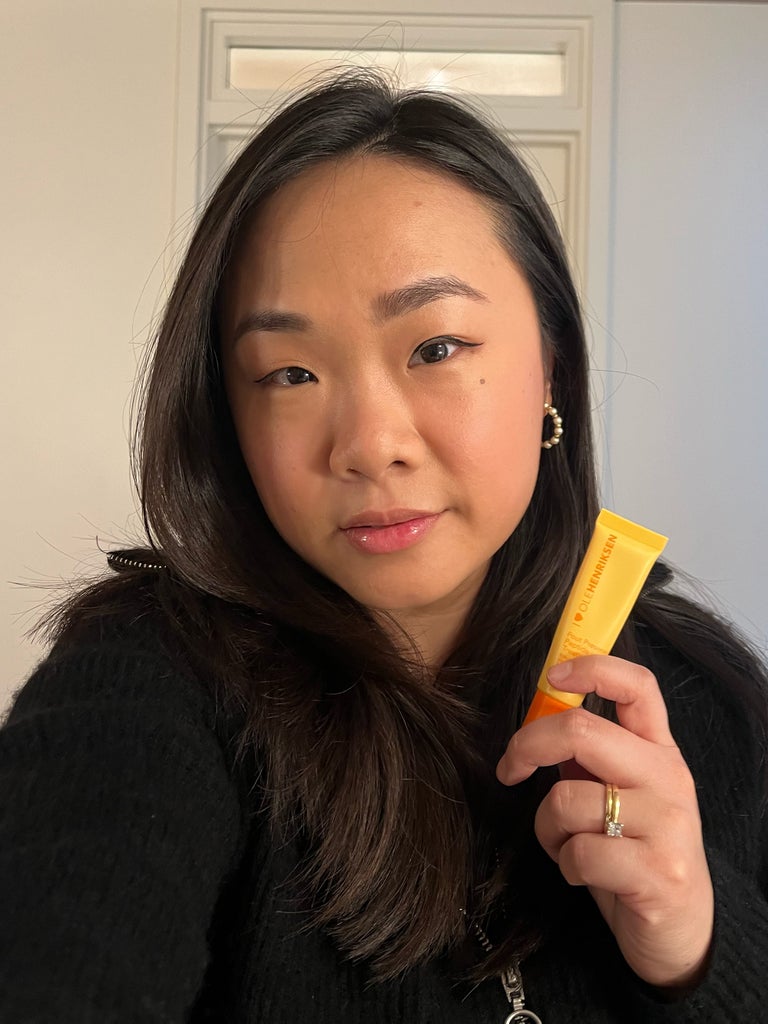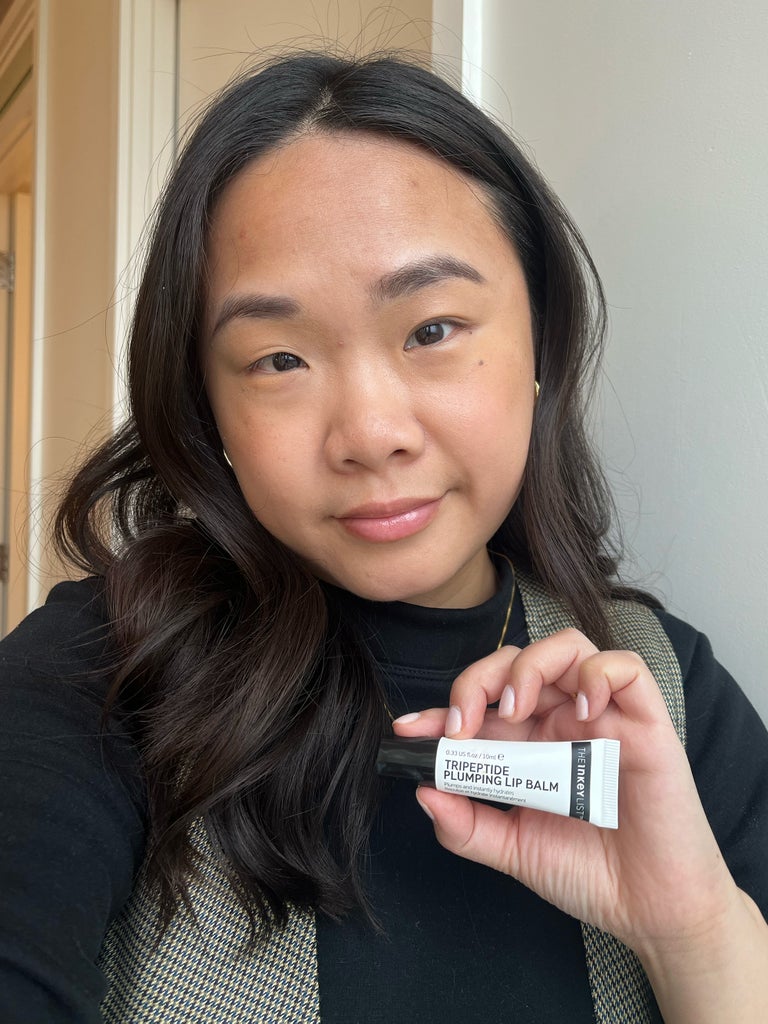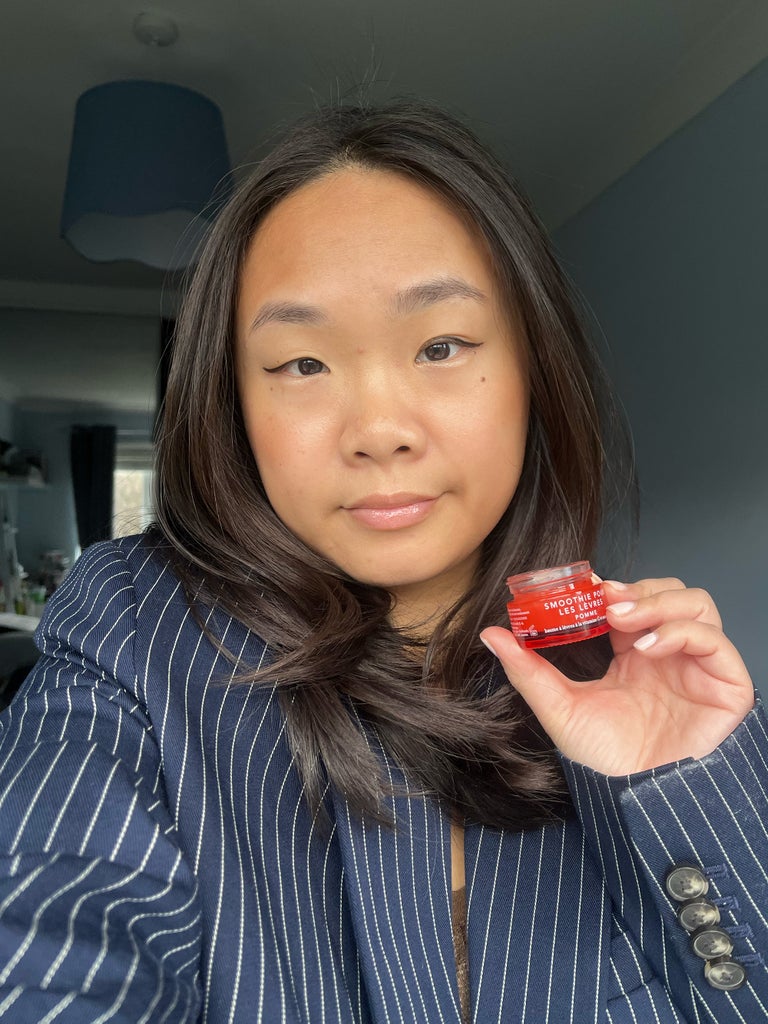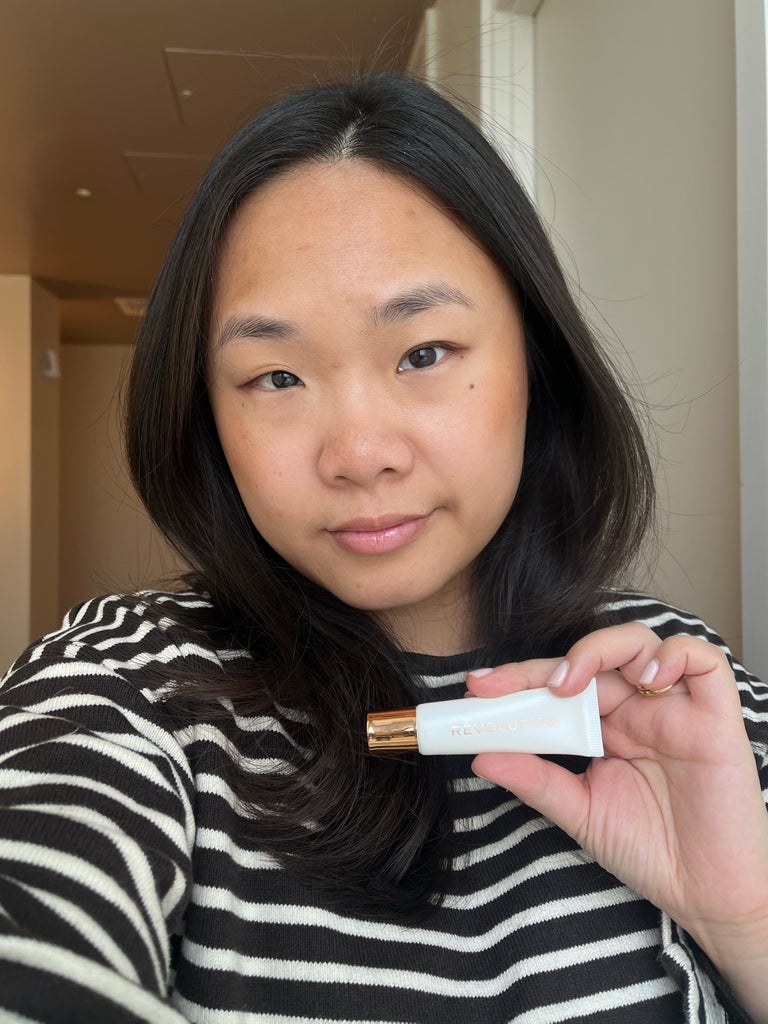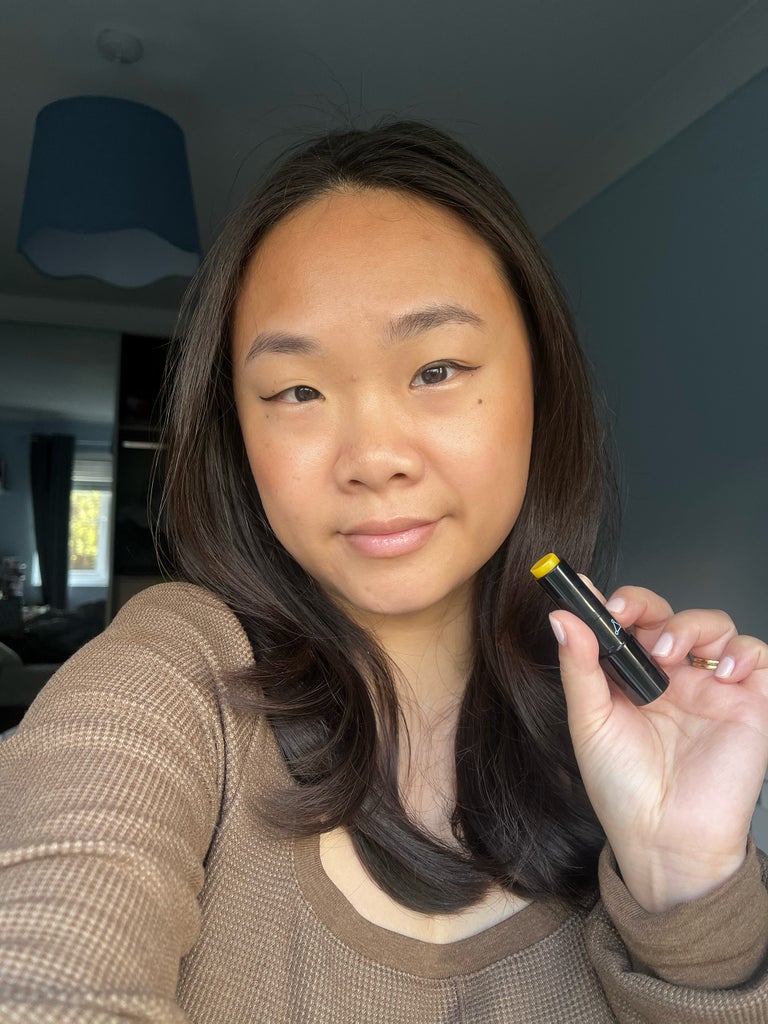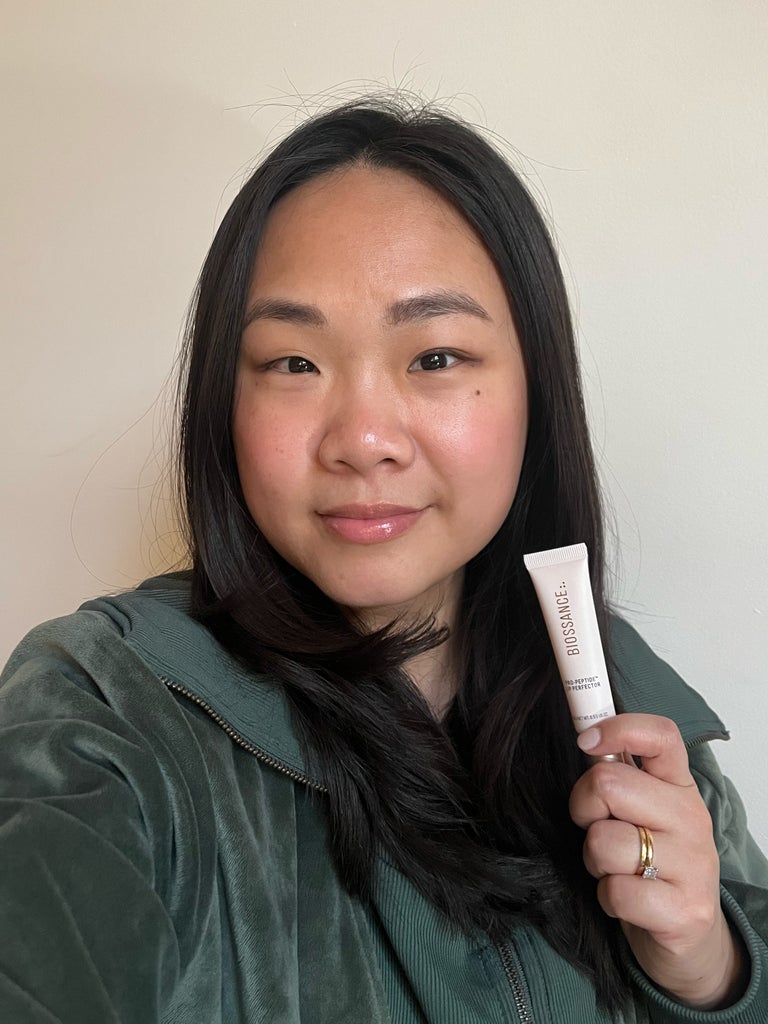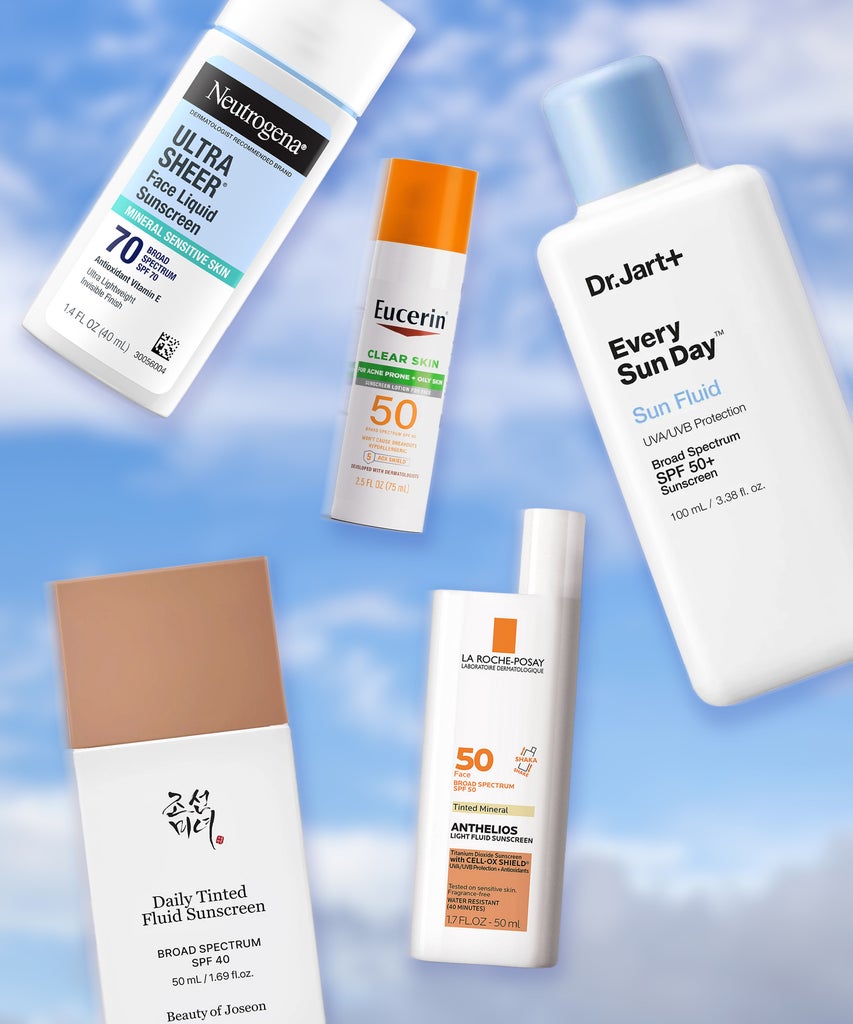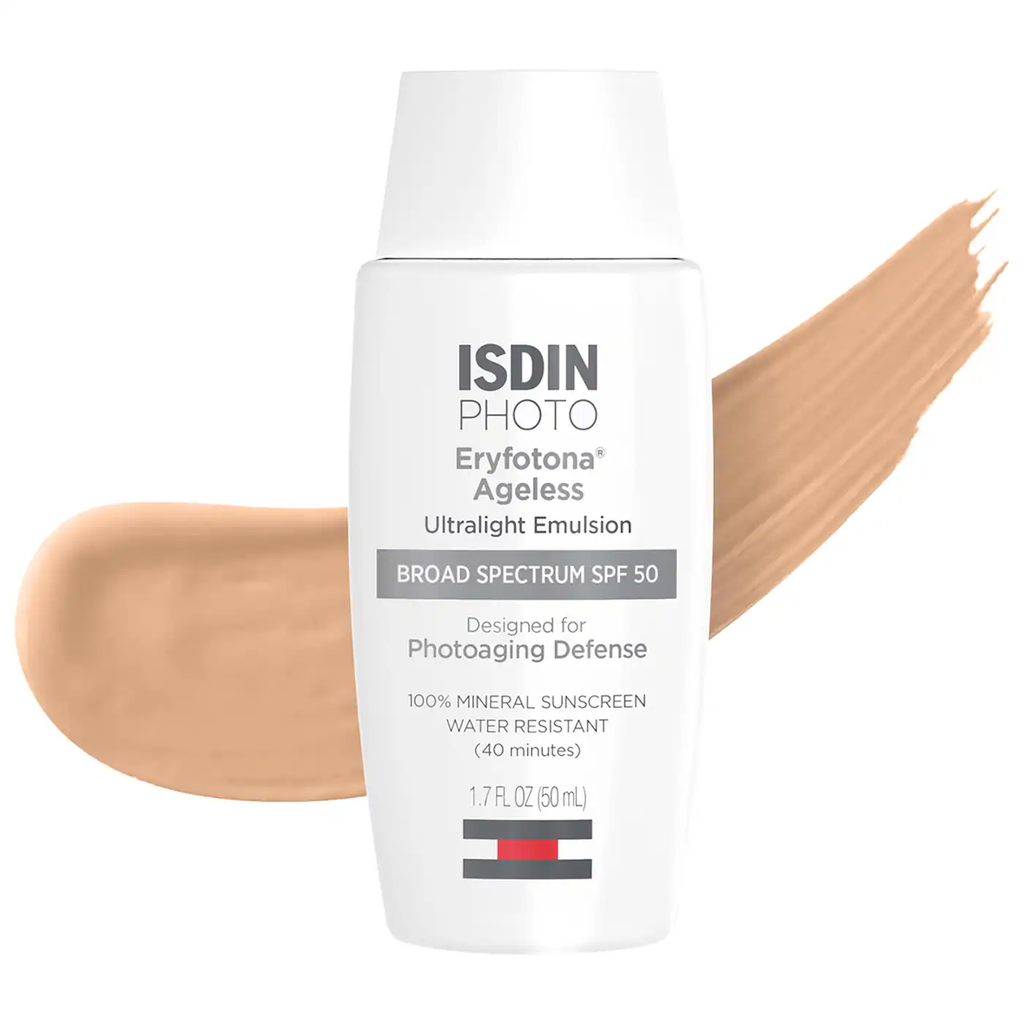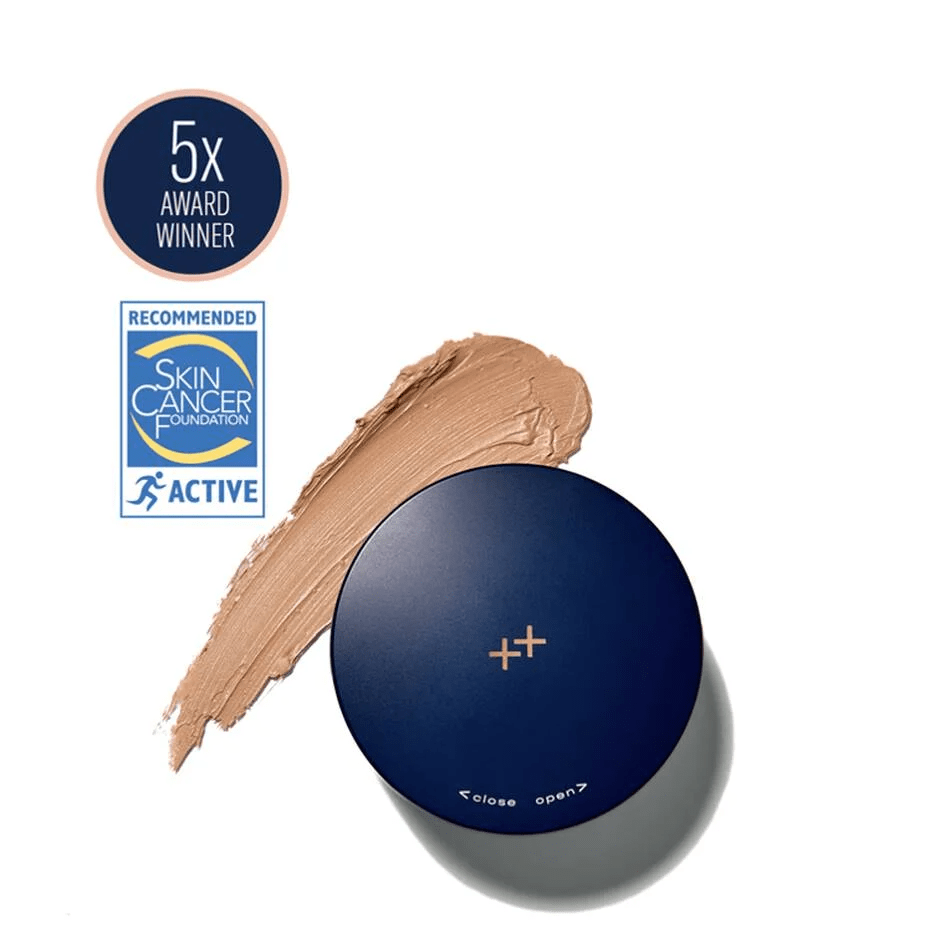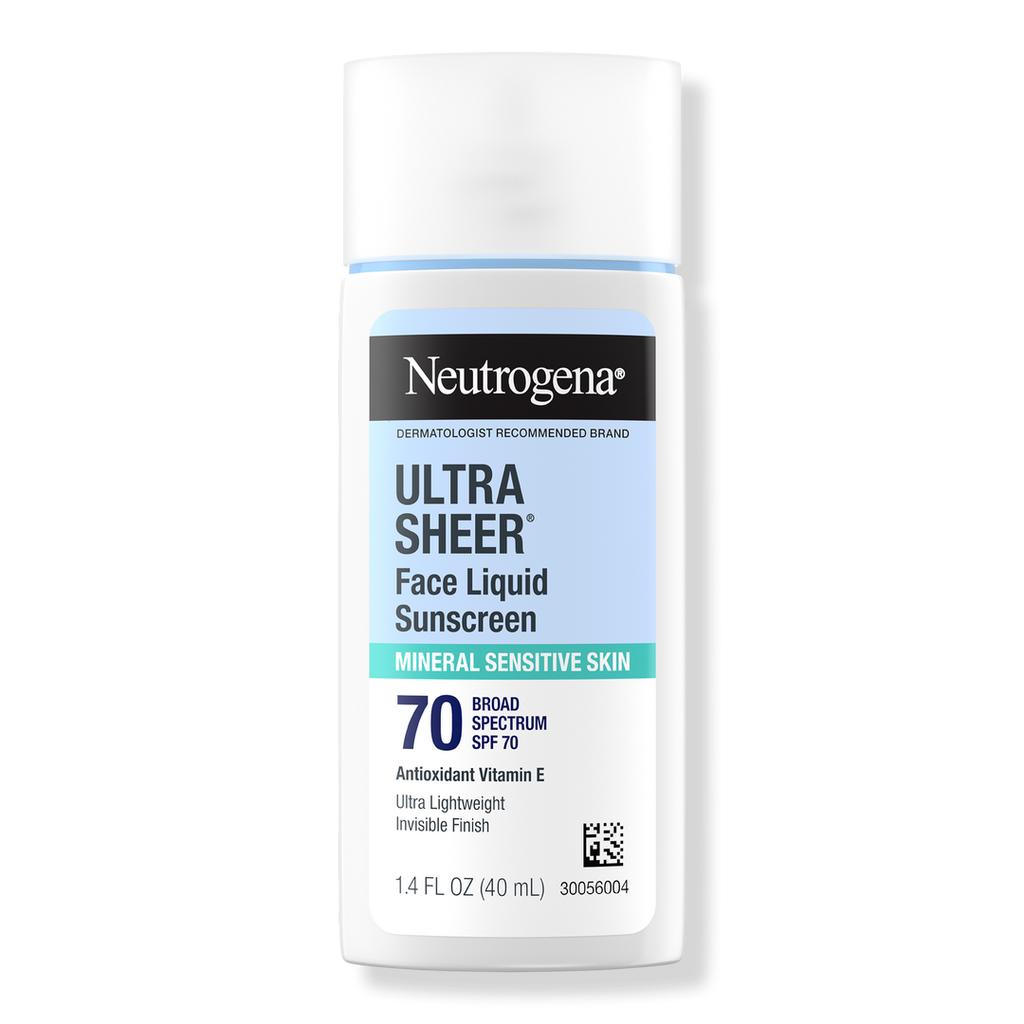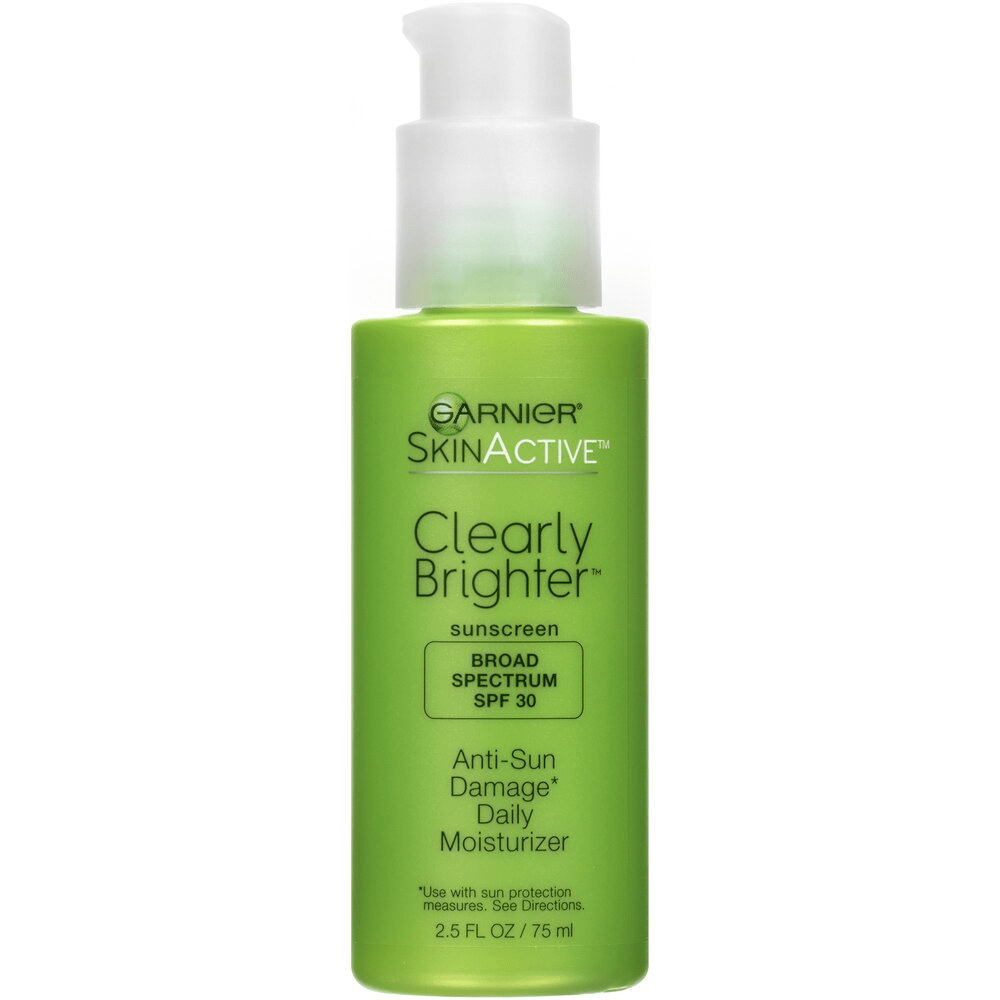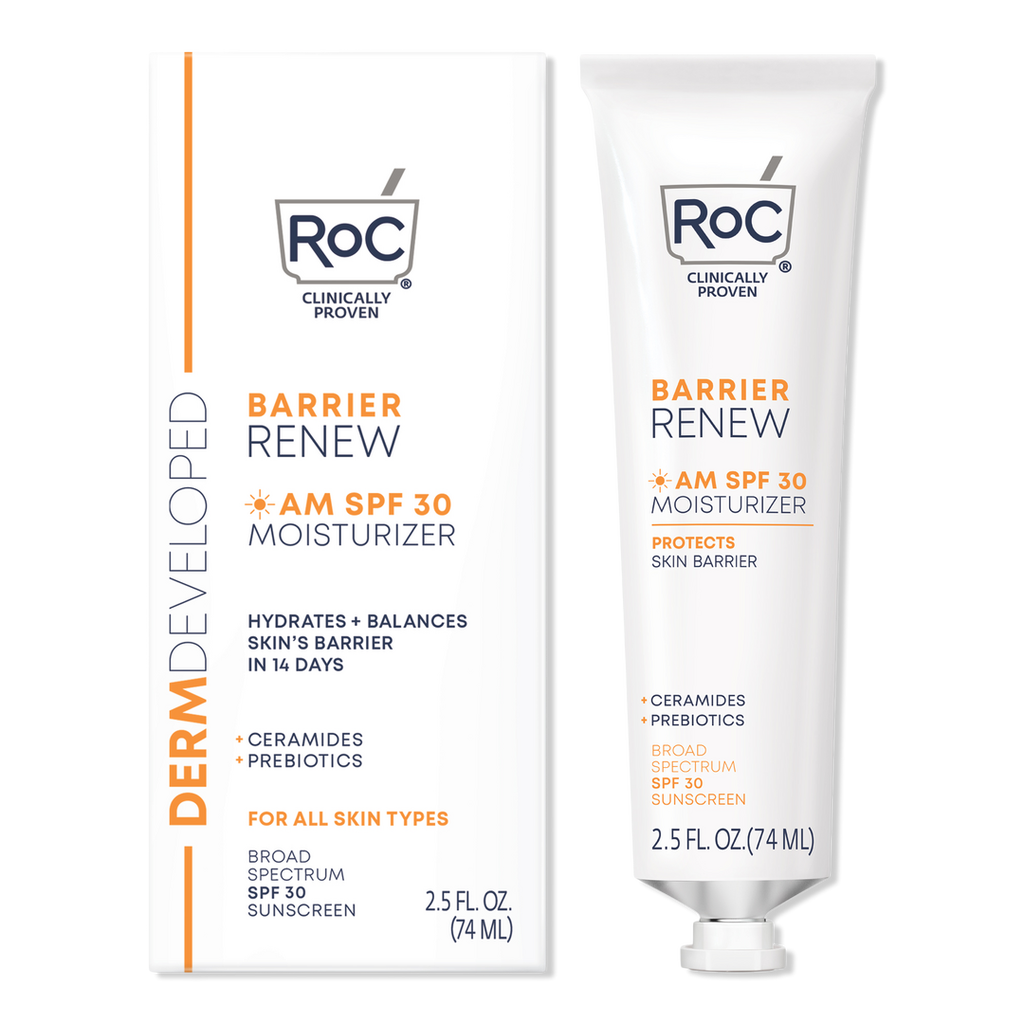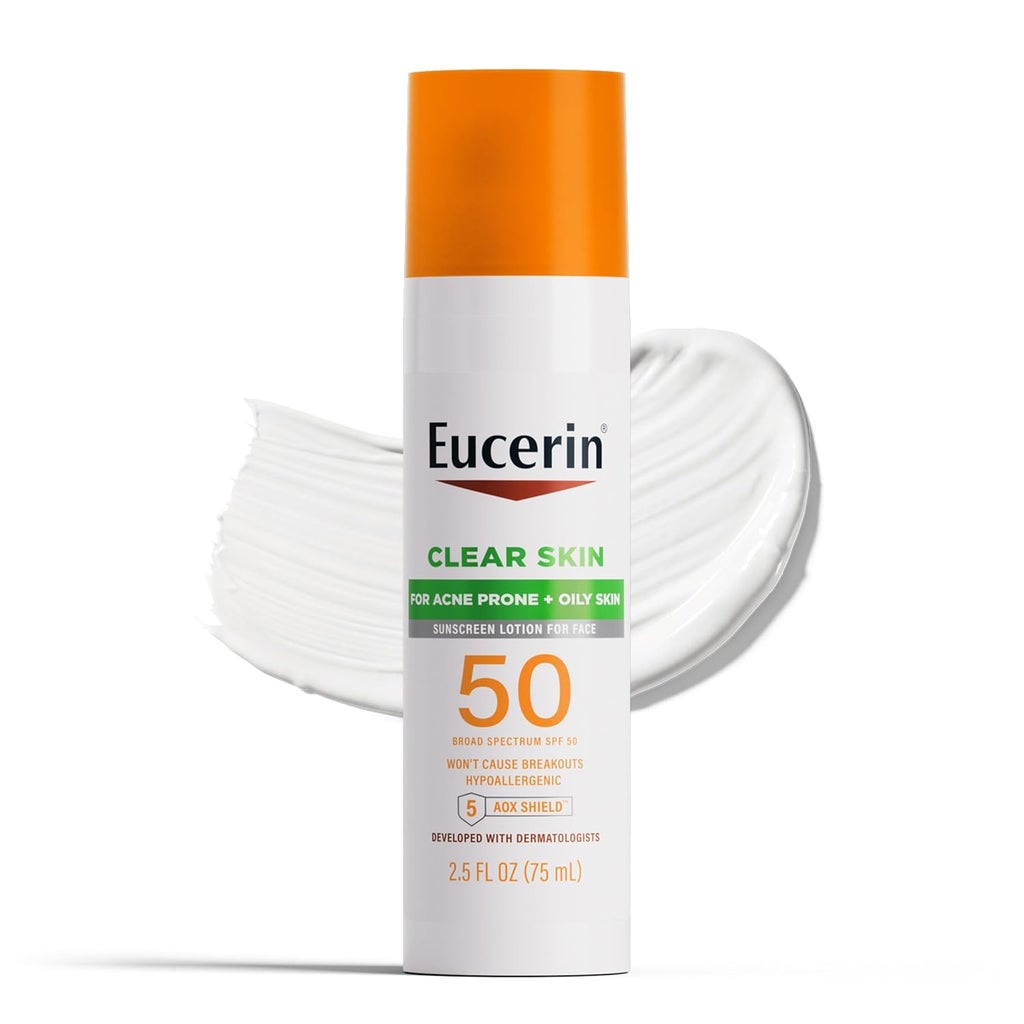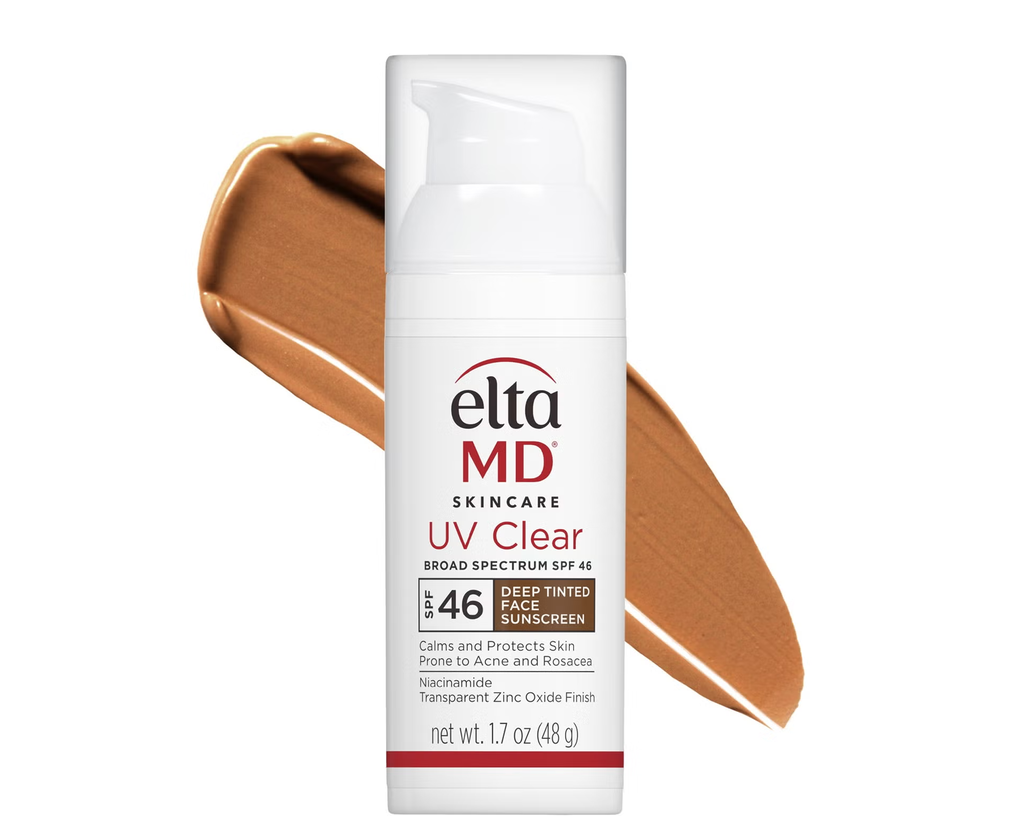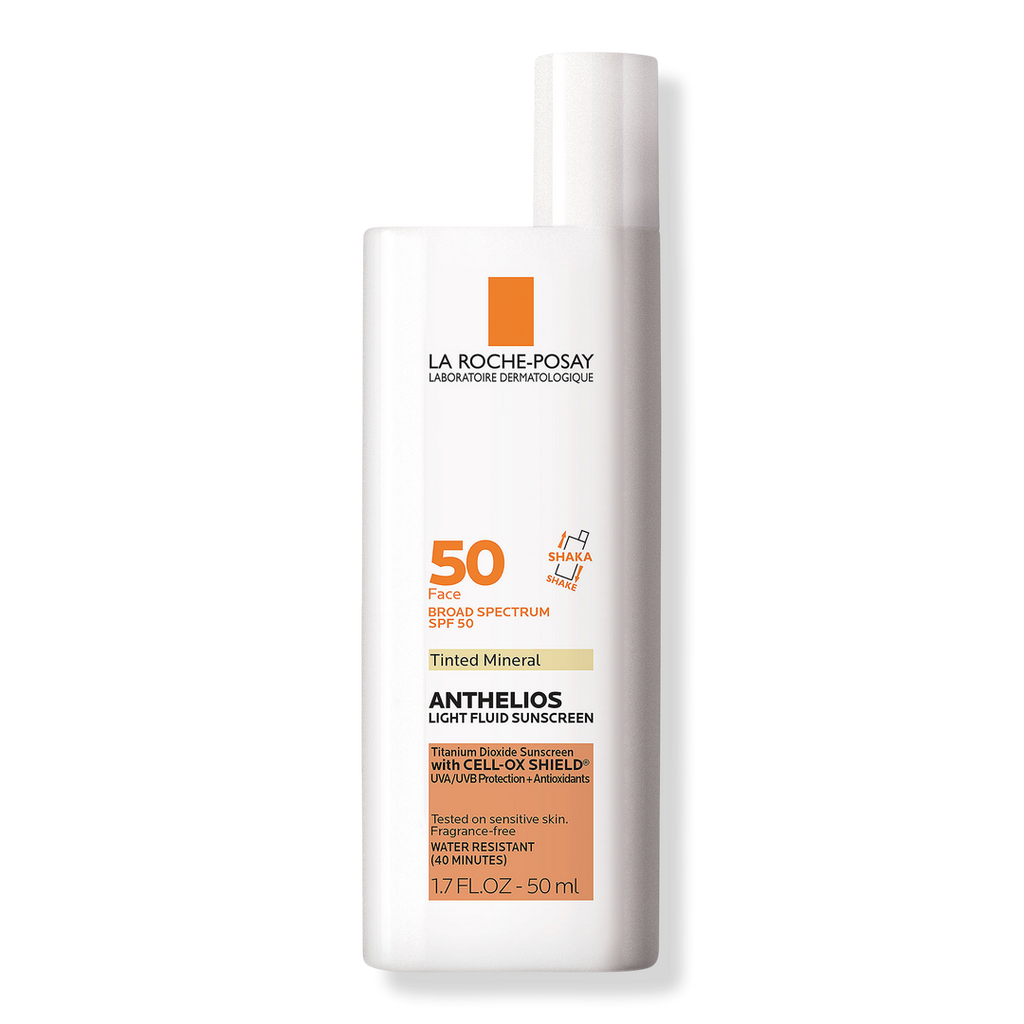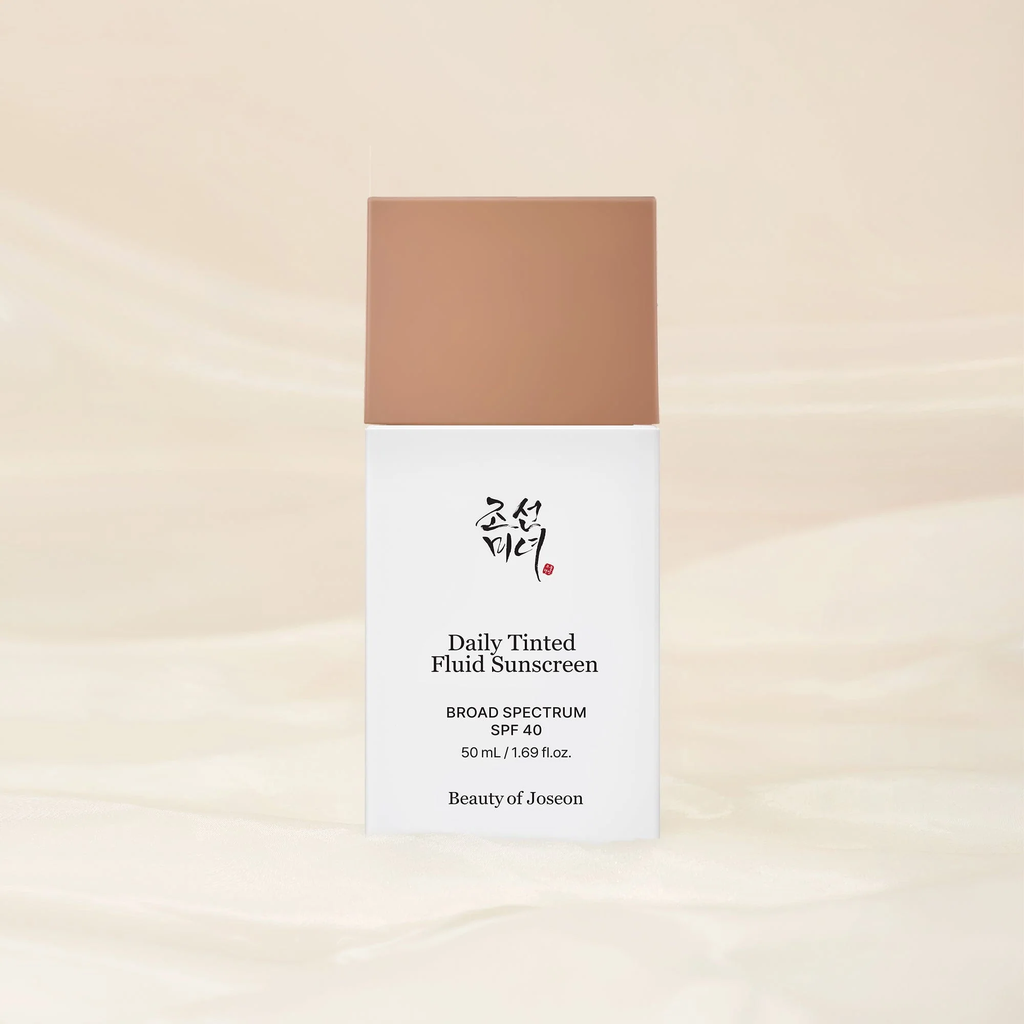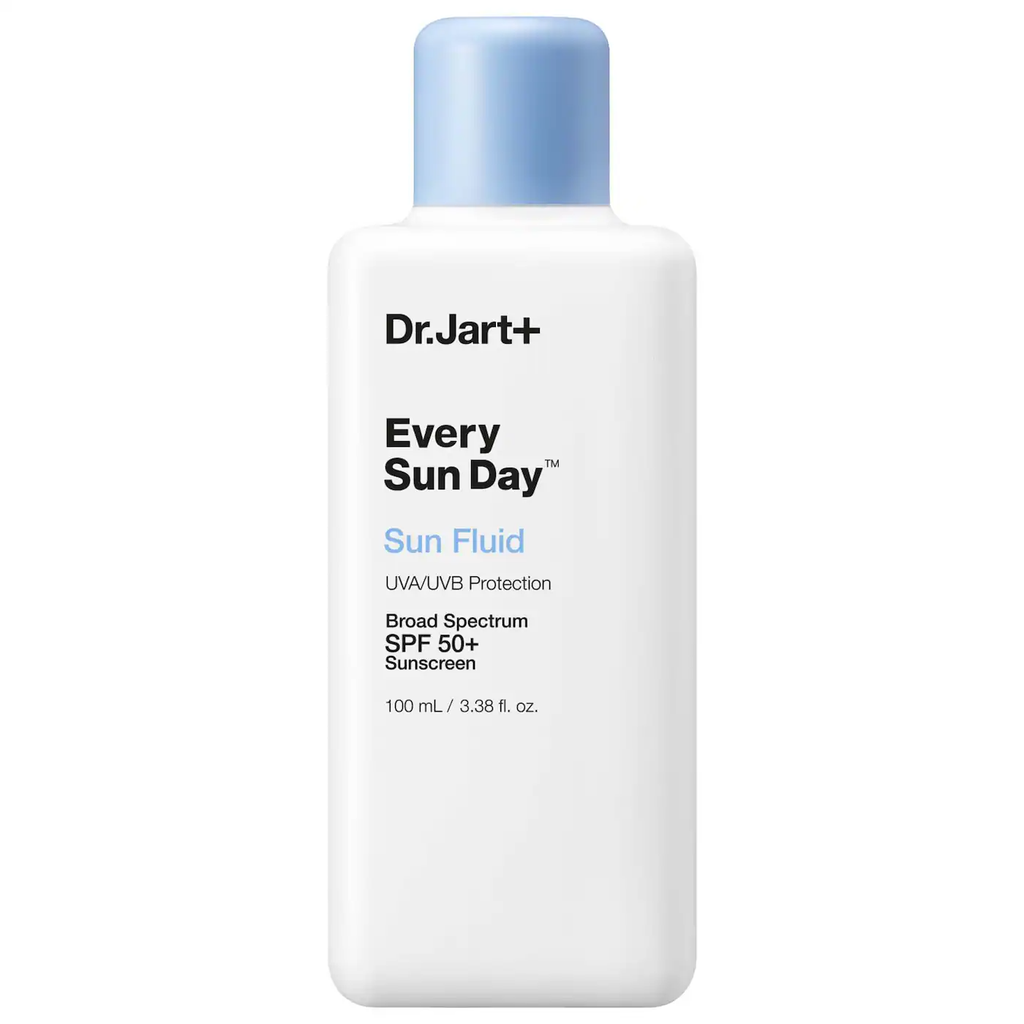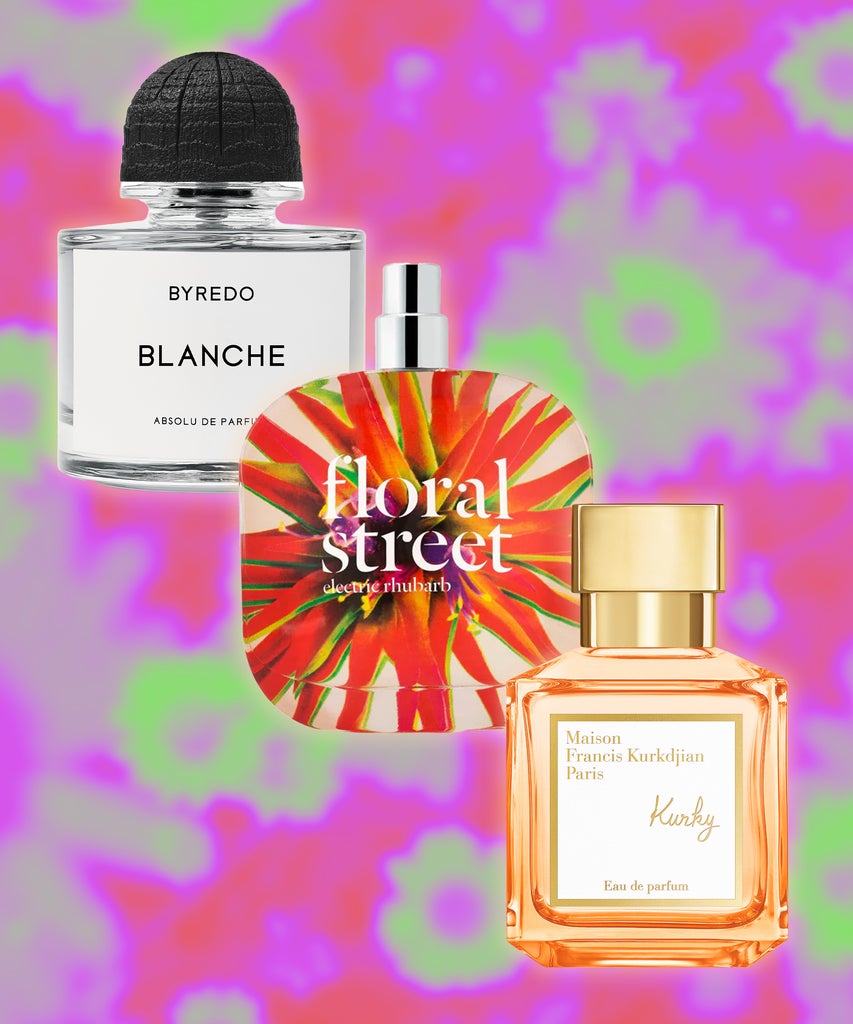.disclaimer{width:90%;margin-bottom:1rem}.disclaimer__lines{width:100%;margin:0 auto;border-bottom:1px solid #999;padding:0;max-width:150px}.disclaimer__copy{width:100%;max-width:355px;font-family:Brown Regular,sans-serif;font-size:.9rem;font-weight:300;line-height:1.3em;color:#333;padding:0 0 .4rem;margin:1rem auto;text-align:center}
All linked products are independently selected by our editors. If you purchase any of these products, we may earn a commission.
As the season of renewal, spring naturally invites us to refresh our beauty routines — and that includes the perfumes in our regular rotation. In a world that’s increasingly chaotic and unpredictable, the simple joy of a familiar scent can be a welcome respite.
That’s probably why we’ve noticed a spate of new launches that promise to provide comfort and uplift the mood, perhaps even whisking you back to a specific childhood moment.
Ahead, we’ve tapped into the expertise of perfumers, brand founders, and beauty industry insiders to confirm our theories and uncover 9 viral fragrance trends you’re about to see everywhere this spring.
DashDividers_1_500x100Nutty Gourmands
Gourmand perfumes — essentially edible, dessert-like notes — have been such a viral juggernaut that it’s hard to recall a time before they were everywhere. “Gourmands are a very special breed; they’re appropriate to wear at any time, and their addictive nature keeps you longing for the scent,” says Laura Slatkin, founder of NEST New York. Beyond comforting vanilla and feel-good marshmallows, there’s a new delectable gourmand capturing the hearts of revered perfumers everywhere: nuts.
When used in perfumes, nutty notes like pistachio add a creamy, uplifting quality that evokes a favorite childhood dessert without coming off as overly saccharine or juvenile. This unique element is precisely what prompted perfumer Rodrigo Flores-Roux to create Elizabeth Arden’s Green Tea Pistachio Crunch Eau de Toilette. “The idea came to me one afternoon while I was relaxing with a cup of earl grey and treating myself to some pistachio ice cream,” he says. “The blend of nutty, yummy creaminess brought me to a very nostalgic, feel-good place, reflecting all of the delightful addiction that gourmand notes can bring to a fragrance.”
Beyond pistachio, almonds are also increasingly prominent. Parfums De Marly’s Valaya Exclusif Eau de Parfum adds velvety almond to the top notes, projecting a richness and skin-like intimacy to the more powdery elements of the scent (bergamot and orange blossom). Praline is another nutty gourmand to watch, leaving a warm and inviting scent trail in Kayali’s latest rose and violet-forward perfume, Fleur Majesty Rose Royale 31.
DashDividers_1_500x100Wild About Strawberry
Biting into a fresh and juicy strawberry is a joy that takes many of us back to childhood days. There’s little wonder why strawberry scents have been cropping up everywhere just in time for spring. Now, though, they’re anything but childish. According to Véronique Nyberg, senior perfumer at Molton Brown, strawberries are also a natural aphrodisiac and add a sensual and luscious quality, making the wearer feel just a little more flirtatious.
The Molton Brown Bluebell & Wild Strawberry Eau de Parfum is an ode to the bright and syrupy fruit. “The wild strawberry accord hits the skin like a mouthwatering, sunlit burst,” Nyberg explains. “Violet leaf reins in the sweetness, adding a delicate, green transparency; as the scent settles, it’s rounded out by the warmth of the driftwood accord in the base.”
According to Nyberg, this chameleon of a note plays beautifully with so many scents, including vanilla and chocolate for a rich, indulgent feel. It can also lend intrigue to a fruity, floral perfume. Take NEST’s Santa Barbara Strawberry Perfume Oil: perfectly ripened strawberries inject pink peony and solar woods with a jolt of energy, creating a wild, almost forest-like depth. Truly’s Soft Serve Perfume Mist teams strawberry top notes with creamy vanilla to create something that feels playful and dessert-like.
DashDividers_1_500x100Unconventional Florals
“Florals for spring” isn’t exactly groundbreaking. But this season’s floral fragrances are far from mainstream. Take Aesop’s Aurner Eau de Parfum, which utilizes the magnolia leaf, not the flower, for a uniquely herbaceous scent.
D.S. & Durga’s Brown Flowers Eau De Parfum offers another refreshing take, teaming a heady concoction of unusual florals (Queen Anne’s Lace, brown orchids, and coffee flowers) with notes of roots, dried citrus peel, and aged musks. The perfumer envisions the wearer to be an eccentric, chic vintage lover who’s often seen in velvet tuxes and cheetah pantsuits. In other words, it’s a floral that’s anything but boring.
Also try Tom Ford’s Rose Exposed Eau de Parfum, the furthest thing from your grandma’s rose perfume, thanks to a rose water extract that smells more oudy and resinous. Bitter white pepper and smoky leather accords provide an even edgier twist.
DashDividers_1_500x100Neuroscent Therapy
With the world becoming more complicated, people are turning to “neuroscents”. According to LUSH fragrance lead Lee Howes, they engage your amygdala — the part of our brains that kickstarts emotions — to shift your mood and produce a feeling of happiness and relaxation. This explains why LUSH’s Sleep Body Spray is a perennial bestseller: it contains lavender oil, which is high in linalool content. “Inhaling linalool’s aroma has been shown to influence key receptors in our brains that encourage a more relaxed state,” Howes adds.
Eucalyptus is also an ingredient to watch: “Eucalyptus can help open up our breathing,” says Howes. “It’s a scent that most of us would regard as airy, clear, and breezy.” Featuring frankincense and eucalyptus, Le Labo’s Eucalyptus 20 Eau de Parfum has a fresh and woodsy profile that never fails to help us take deeper breaths.
Jasmine essential oil is another component that can help the body wind down and promote better sleep. Blvgari’s Le Gemme Amunae Eau de Parfum contrasts Indian jasmine with the intoxicating aroma of dark woods and musk mallow. It’s a soft and feminine fragrance that makes slipping into your sheets at the end of the day feel all the more luxurious.
DashDividers_1_500x100Rhubarb Rising
Sparkling, zingy rhubarb has been getting a lot of love this season — just ask Michelle Feeney, founder of Floral Street. Together with famed perfumer Jérôme Epinette, Feeney created Electric Rhubarb Eau de Parfum back in 2019, but the scent has enjoyed more attention in the last few months. “Rhubarb brings a youthful energy to perfumes, especially when it comes to creamy floral notes like gardenia, which can sometimes feel old-fashioned,” she says. “It also brightens up sandalwood base notes, which tend to be subtle but grounding.” Epinette calls it “the wink” in a fragrance, which sums it up.
Prada’s Infusion de Rhubarbe Eau De Parfum deviates from your standard rose-forward perfume, thanks to a zesty rhubarb accord that dries down to something more soapy and cozy. On the earthier side, Dossier’s Fiery Leather & Rhubarb Perfume weaves together vegan black leather accords with rhubarb, nutmeg, and melon.
DashDividers_1_500x100Perfume Enhancers
Whether you want to personalize your signature scent or just want to smell expensive, a perfume enhancer is a worthy investment. According to Karl Neale, co-founder of Rebel Aromas, these are “foundation fragrances” that have very simple scent profiles — mainly ambroxan, a lab-made version of popular perfume note ambergris — a rare substance from sperm whales. “You can wear perfume enhancers on their own for that ‘clean skin’ scent, but they’ve been formulated to blend perfumes when layering. They add depth, boost scent projection, and improve longevity,” says Neale.
Ambroxan, in particular, has emerged as a front runner. Known for its versatility, this ingredient has a woody, musky, slightly sweet scent often found in base notes and helps the fragrance ‘stick’ to your skin, says Neale. Try Byredo’s new Blanche Absolu, a revival of its cult-classic ‘skin scent’ that features a stronger aldehyde composition further enhanced by ambroxan at the base.
Other perfume enhancers we’ve been loving include Escentric Molecules’ Molecule 02 Eau de Toilette, which is singularly focused on ambroxan. On the more affordable end, Oakcha’s Plus One — inspired by Juliette Has A Gun’s Not a Perfume — features ambergris and ambroxan.
DashDividers_1_500x100Sunset Scents
Imagine sipping your favorite cocktail as the setting sun casts a golden warmth on your skin. Now, imagine bottling this feeling in a perfume. Meet the “sunset scent” — solar notes amped up with sparkling, juicy notes like pear, peach, and kiwi — mimicking a delightful, thirst-quenching libation.
“We’ve been getting so many inquiries from people looking for positive fragrances that [put] them in a good mood,” explains Dimitri Weber, founder of Australian fragrance house Goldfield & Banks. “Juicy notes [like pear and peach] haven’t been that popular until now, but people crave them for that beautiful light and brightness they bring without being overly sugary.” The brand’s Sunset Hour Eau de Parfum perfectly encapsulates this concept, serving up notes of desert peach alongside whiffs of mandarin, ginger, and raspberry.
Maison Francis Kurkdjian’s latest scent, Kurky Eau de Parfum, touts a mix of tuttifrutti (candied fruits), raspberry, and peach. It’s an airy gourmand that instantly takes you back to more carefree times. With notes of kiwi and cedar, Zara’s Shades of Nostalgia Eau de Parfum is a budget-friendly creation that captures the warm and fuzzy vibes of sunset.
DashDividers_1_500x100Musks With A Twist
Cosseting and seductive, musks are enduringly popular thanks to their ability to mimic the intimate warmth of skin contact. You’d typically see musks paired with vanilla and white florals, but right now, contrasting musks with fruits — ranging from citrus and berries to pear — is proving most compelling.
“The warmth of musk, contrasted with the freshness of fruit, creates a sophisticated layer to what might otherwise be a sweet, simple fragrance,” says Raquel Bouris, founder and creative director of Who Is Elijah. Electric Soul Eau de Parfum, the brand’s energetic new launch, serves as the perfect example. Notes of pear and raspberry bring a sharp, electrifying brightness, while golden amber adds a deep, intoxicating warmth.
According to Bouris, musk notes can act as an anchor, helping the fruity part of the fragrance last longer. “Bright, citrusy notes tend to fade quickly,” she adds. “Musk can help to slow that fade, creating a smoother, more lingering transition.” Other fragrances that feature this combo include & Other Stories’ Paper Blossom Eau de Toilette, which balances juicy peach with an amber base, and Armani Beauty My Way Ylang Eau de Parfum, an optimistic medley of mango accords, white musk, and ylang.
DashDividers_1_500x100‘Cocktailing’ With Oils
“While layering has always resonated with perfume lovers, we’re seeing a new wave of personalization with ‘scent cocktailing’ — a highly personalized approach to combining scents to create a unique, long-lasting custom blend,” says MarieAnna Ferdinand, vice president of fragrance development at Le Monde Gourmand. This refers to clashing different concentrations (perfume oils, eaux de parfum, and toilettes) across various parts of your body. Scented body oils and lotions can also be added to the equation.
Fans of Le Monde Gourmand have been cocktailing some of the brand’s bestsellers, calling it the “Pink Drink”: the concoction starts with creamy Lait de Coco Perfume Oil on pulse points, with a veil of fresh and grassy Thé Matcha Eau de Parfum, followed by juicy spritzes of Fruit de Dragon Eau de Toilette over the skin and hair.
Elizabeth Gaynes, founder of luxury fragrance house Strangelove, is glad to see perfume oils finally getting the love they deserve: “Oils are such a sensual and subtle way to wear a scent; it absorbs into the skin and with [body] heat, [the scent] will come out time and time again,” she says. “They sit much closer to our body, making it a great option to pair with eaux de parfum, so you get both projections.”
Strangelove’s deadofnight Perfume Oil — a heady elixir of oud, Damask rose, and sandalwood — makes for a decadent, highly addictive foundation that will linger on the skin for days. Gaynes recommends applying it on the most intimate parts of the body: behind the knees, the crease at the elbow, the nape of the neck, and the small of the back.
Like what you see? How about some more R29 goodness, right here?
These Under-$50 Perfume Dupes Are Spot On
12 Perfumes Guaranteed To Go Viral In 2025
These Affordable Perfumes Smell So Expensive
